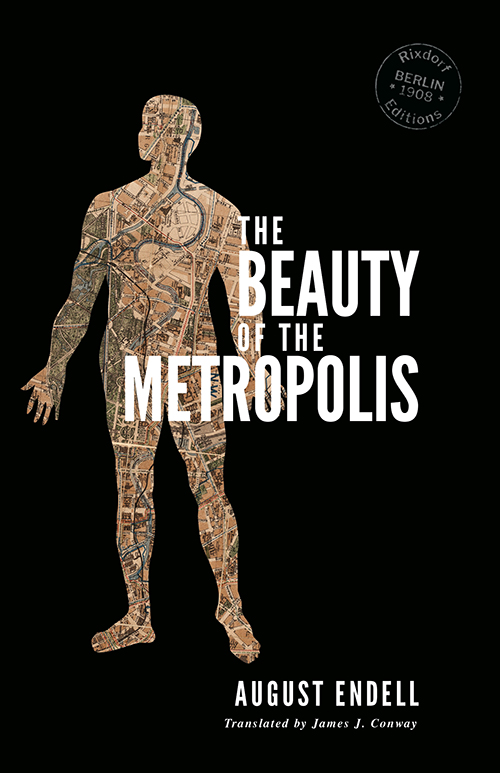In 1890 Anna Croissant-Rust became the only female member of the Society for Modern Living, a group of forward-thinking Munich-based writers largely associated with the Naturalist movement. But she was already thinking further forward than her male colleagues, and certainly beyond Naturalism. One of her most contentious early works was ‘Wedding’, a tale that relates a bride’s terror of imminent deflowering with pre-Freudian psychosexual frankness; the issue of the journal in which it appeared was promptly banned from sale.
Throughout the early 1890s, Croissant-Rust published works that read like they were conjured from the future, breaking down forms well before ‘breaking down forms’ became a thing in the early 20th century. She was out on her own, fusing free verse and fragmentary narrative in an intense emotional register, but these experiments met with little more than bewilderment at the time. And by the time other writers (usually men) were creating similar work, Croissant-Rust's pioneering work was forgotten. I thought it was essential to highlight Croissant-Rust’s dazzling formal innovation, so the forthcoming Rixdorf edition is actually two books in one: Death, as well as the early book Gedichte in Prosa (Prose Poems). The original publication of Prose Poems (1893) is set in Fraktur, which just highlights its uniqueness. You would struggle to find anything else from this time in the old font – which had defined the look of German books since the dawn of movable type – that was as fearless, as avant-garde, as this. In fact you really have to jump ahead to the pre-WWI Expressionists to find anything comparable.












